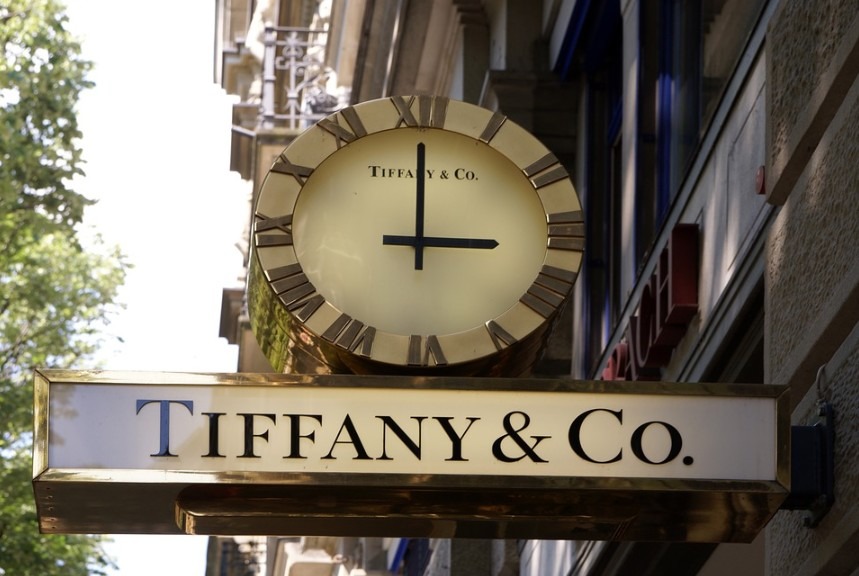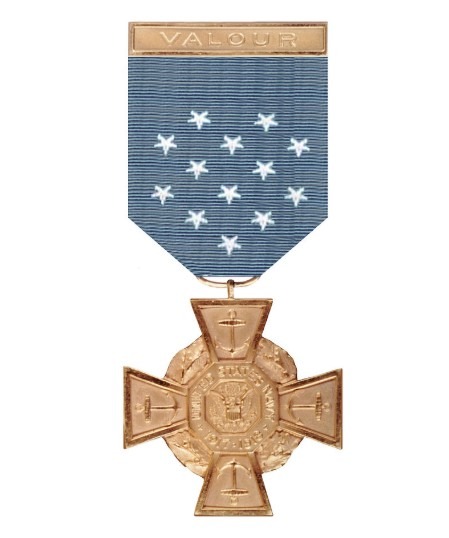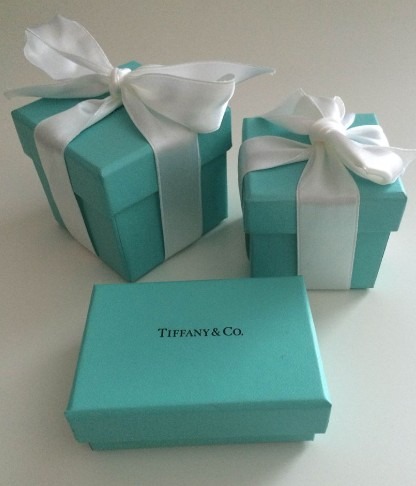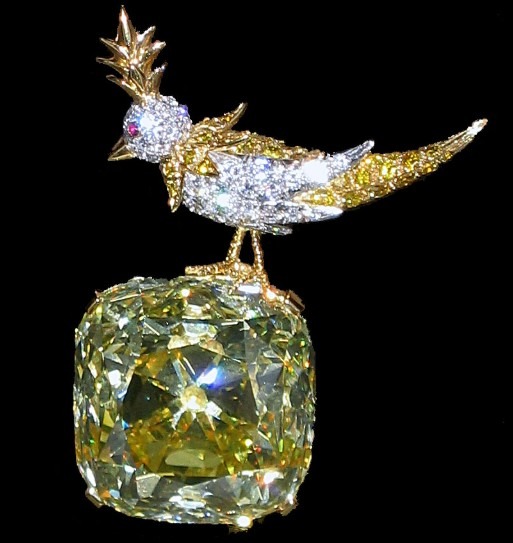Tiffany and Co. is one of the most luxurious American brands. Established by Charles Lewis Tiffany in 1837, the brand specializes in producing fragrances, watches, jewelry, and other personal accessories. Over time, Tiffany and Co. have expanded themselves to different countries such as Canada, Europe, and Japan. With over 326 stores operating globally, it is also one of the biggest brands out there. However, the route to success for a brand such as Tiffany and Co. is not that easy as it seems. Today, Tiffany and Co. is termed as the most iconic jewelry brand and for all the right reasons. Let us discover the history of Tiffany and Co. and see what it took for the brand to become a giant that we see today.
The Early Years
Tiffany & Co. is known as a brand that has sold eye-popping diamonds. However, that is not it. It has also introduced new diamonds such as the kunzite, which was named after George Frederick Kunz, a notable gemologist at Tiffany’s. Then, another diamond was discovered, this time in Madagascar, known as morganite, which was named after John Pierpont Morgan (a banking tycoon), who was the brand’s most loyal customer at the time. Following the discoveries of these diamonds, were others as well such as tsavorite and tanzanite.
Tiffany and Co. were also chosen by the United States Department of the Navy to redesign its medal of honor. This was a huge acknowledgment of the brand itself and its services at the time. Although the Navy had at one point followed the Tiffany version but later eliminated it.
The 2000s
Tiffany & Co. was not only acclaimed for its jewelry and personal accessories across the globe but also for its contributions to society. One such example was the establishment of a foundation in 2000, which worked for the betterment of arts and the environment.
This was the same year when Tiffany & Co. introduced its ‘1837 Blue’ by partnering with Pantone. This color would become an icon in the coming years. Furthermore, in 2009, Tiffany & Co. partnered with SoftBank, which was a Japanese mobile-phone operator to come up with a very exclusive cellphone. It was limited to only ten copies, featured more than 400 diamonds, and went on sale for more than 100 million yen.
The 2010s
The years following 2010 were a roller coaster for Tiffany & Co. First, it was the vice president who was accused of stealing $1.3 million worth of diamond bracelets in early July 2013. In February 2017, CEO Frederic Cumenal had lost his job due to declining sales and was replaced by former CEO Michael Kowalski. Then, in July 2017, news came out that Alessandro Bogliolo would be acquiring the position of CEO. Bogliolo had enough experience working with a luxury brand in his sleeves as he had been a part of the Bulgari family back in the day. The end of 2017, saw things settling down as Tiffany & Co. opened new stores and launched different lines. The latest store was opened in New Delhi, India on February 3rd, 2020.
The “Blue Box”
Every brand is known for its unique invention and Tiffany’s was famous for its ‘Blue Box’. It was not something that you could buy as it did not have a price. The founder himself soon realized that the color had become the identity of the brand and could not be sold. If you wanted to get your hands on one of the Blue Boxes, you will have to purchase something from Tiffany. Such was the importance of the box that during the filming of ‘Breakfast at Tiffany’s’ in New York, 40 armed guards were hired to make sure that none of the boxes were pilfered. Today, in the world of fashion and personal accessories, people remember Tiffany as the inventor of the iconic Blue Box. The color was as unique as the diamonds introduced by the brand.
Diamonds Are Forever
When Tiffany shifted his focus towards jewelry, it was because he had a fine eye for it. Tiffany had stepped into the world of diamonds when other popular brands did not even exist. In 1886, Charles Tiffany conceived the idea of holding the diamonds with the help of six prongs. This was one of the very first ring designs, intended to accentuate the diamond better.
Furthermore, George Fredrick Kunz, a gemologist at Tiffany had a huge role to play in establishing the metric carat as standard to calculate the weight of diamonds. Altogether, Tiffany understood the value of diamonds and took off as early as some of the most popular diamonds did.
The Art of Advertising
Tiffany & Co. initially published the ‘Blue Book’ catalog in 1845. This was the beginning of Tiffany’s advertisement. Moreover, Tiffany stuck to the same strategy and used the catalog for its advertisement strategy until 1972. It was one of the very first fully colored catalogs published at the time. The catalog strategy alone significantly helped Tiffany & Co. In 1994 alone, it was estimated that Tiffany was able to reach 15 million people. Today, Tiffany produces corporate catalogs as well. These catalogs feature recognition awards and gifts as well. However, Tiffany does not focus on it as an advertisement strategy today as it did back in the day.
Tiffany & Co. now could be seen online, in newspapers and bus stops as well. It has adopted a different strategy due to changing times and trends. It could no longer remain attached to the same old strategy in a time where people had various other sources to get informed. Furthermore, Tiffany also shows its presence in popular magazines such as Vanity Fair, Money, Black Enterprise, and Architectural Digest as well. Tiffany had also partnered with American artist Lady Gaga in May 2018 to promote HardWear collection. Considering the artist’s mammoth following, Tiffany was successful in branding itself amongst the fans at a global level yet again.
Sports Awards
Besides creating and introducing some of the finest luxury items the world has ever seen, Tiffany has easily made it to the history books by being a part of the most followed sports around the world. Tiffany has been making PGA Tour FedEx Cup trophy each year from 2007, followed by the MLS championship trophy. Furthermore, the NASCAR Sprint Series Sprint Cup Trophy is also made by Tiffany every year. Tiffany had enjoyed the best of both worlds. On one hand, it was successful in innovation and on the other, building a legacy.
Final Word
Tiffany was a trendsetter, innovator, and the most luxurious jewelry brand back in the day. Its invention of the ‘Blue Box’ combined with discovering new diamonds and phenomenal advertising strategy has made it a giant we hear about and see today. Regardless of the success, two things remain the same for Tiffany. The Blue Box and continuous partnerships. Both of these have respectively helped keep the brand’s identity alive and relevant in a world full of competition.




